In an article published in the Sydney Morning Herald this week, I was a little surprised at a quote attributed to Monash University’s Dr Melissa de Zwart: “our area won’t be open to the public; you will need to be on an authorised list to get in”.
I try to avoid real-world comparisons but it’s difficult in this case: this is the equivalent of putting a barbed-wire fence across the entrance of the local university. Doesn’t a total closed-door policy from a taxpayer-funded entity go against its purpose as a community facility? RMIT Island has blocked off most of its island from general access but it at least has a public welcome area. As Gary Hayes says in the same article, it’s not hard to prevent damage to a Second Life presence. So why the lockdown?
Perhaps someone attending this event can ask.
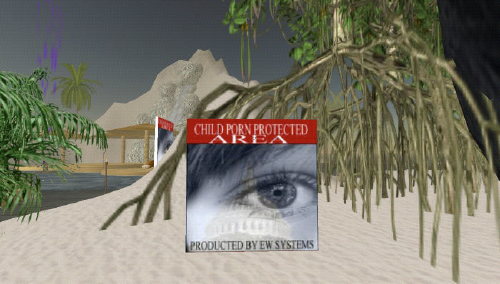


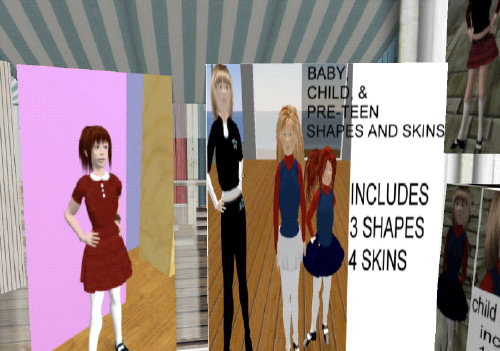

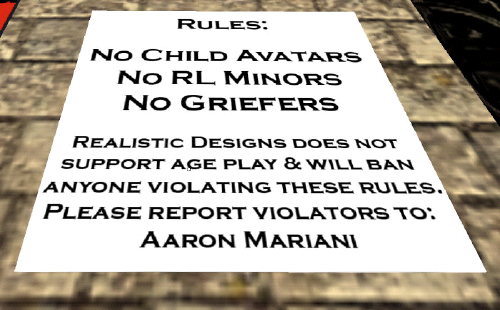

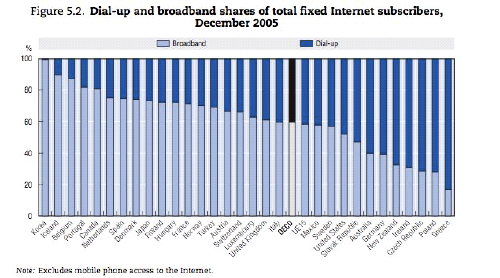
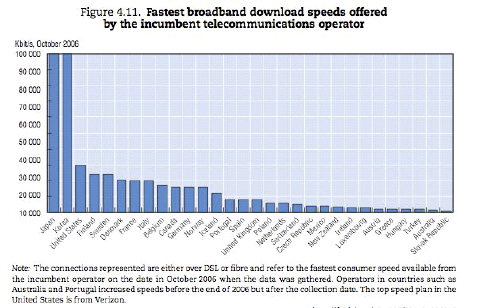
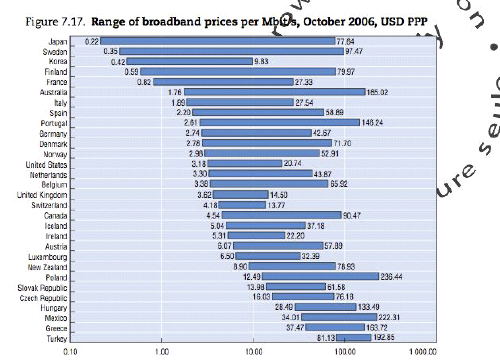

Recent Comments